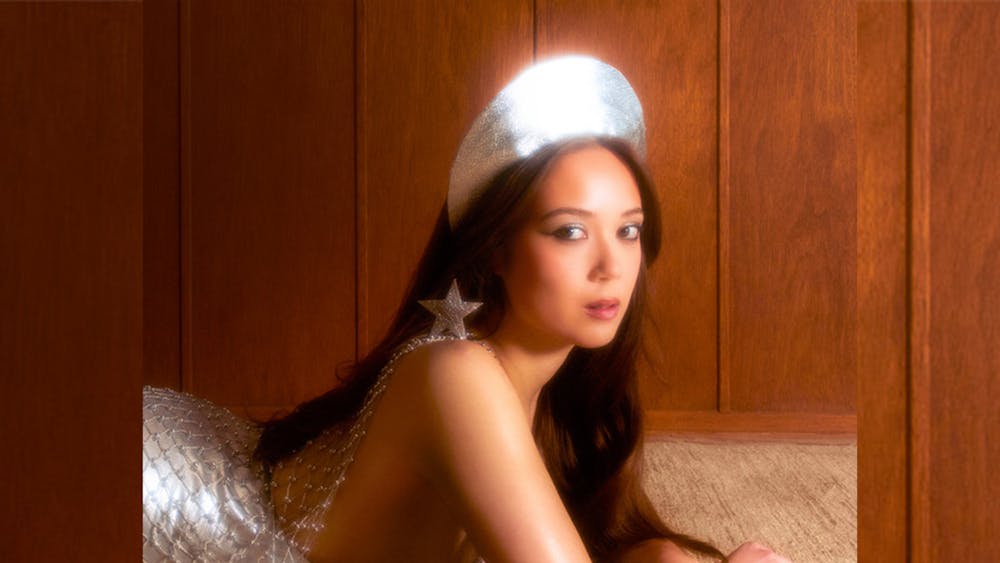PHILADELPHIA -- With its loose, tabloid-sized pages and bold cover photographs, American Poetry Review takes poetic license with newsprint. \nSince it began publishing the experimental work of young writers in 1972, APR has bucked the austere tone set by formal literary criticism. \n"Like Whitman, it contains multitudes. It's a little ragged, but it's very rich and very deep," said poet and longtime contributor Edward Hirsch. \nFounder Stephen Berg, a poet himself, said he chose APR's tabloid format because he wanted readers to approach it as they would a newspaper -- at their leisure, perhaps over coffee, checking for the latest words in literature. The magazine's rejection of most formal criticism makes poetry accessible for even casual readers. \n"I would call it doing social work. Of all the poetry journals, it's the one most socially active in terms of reaching many people. It's popularized poetry more than any other magazine, even though the quality of poetry remains high," Berg said. \nBerg and editors David Bonanno and Arthur Vogelsong -- who both joined Berg in the first year of publication -- still read submitted poetry, fiction, reviews and essays. Poets say their openness to unknown writers makes APR essential reading, equal to the prestigious Poetry, The New Yorker or The Atlantic Monthly. \nAPR's populist format foreshadowed poetry's revival as an informal art form. Berg said he finds more people are writing poetry now, and the number of writing workshops has grown to 600 from just three in the 1950s. \nThe popularity of poetry slams, open mic nights and Russell Simmons' Broadway production, "Def Poetry Jam," reflects writing styles liberated from traditional strictures. While up-and-coming writers still read the classics, their generation also knows poetry through live performances. \n"There's this verbal energy that's similar to what goes on in other kinds of poetry. I don't know exactly how that's going to connect or change the audience for poetry, or if it will, but it's very interesting to watch," Bonanno said. \nAs APR published younger poets such as Sharon Olds, Robert Pinsky and Marilyn Hacker with such literary stars as T.S. Eliot, Elizabeth Bishop and Joyce Carol Oates, it became known as a magazine where new writing could reach critical acclaim. \n"In 1975, it almost created John Ashbery as a figure in poetry. He didn't become really famous with critics until the mid-'70s and it was APR that published 'Self-Portrait in a Convex Mirror,"' the title poem in Ashbery's Pulitzer Prize-winning collection, said poet Gerald Stern. \nA National Book Award winner who writes from his home in Lambertville, N.J., Stern is included in a group of poets who rose to prominence after APR began publishing their work. \n"It struck me as a place ... that you really wanted to be," said Hirsch, the newly elected president of the Guggenheim Foundation. "The very first thing that I started as a young poet reading in the '70s was the work of Gerald Stern. He had these wild, exuberant, energetic poems. I discovered him, I think everyone did, through the magazine." \nAPR celebrated its 30th anniversary in Philadelphia with an online auction featuring signed first editions, corrected manuscripts, and correspondence between writers such as Allen Ginsberg, Seamus Heaney, W.S. Merwin and John Updike. \nAPR publishes six issues a year, and has a circulation of 17,000 worldwide. In the small arena of poetry publishing, it's a relatively large success; many poetry reviews published by universities have circulations of just a few thousand. \nAPR stays afloat with advertising revenue, subscriptions and bookstore sales, but its editors worry about their long-term financial stability. \n"I think many of our readers in the first decades or so were kind of post-Vietnam era and baby boomers, and I don't know exactly how that's going to be replaced," Bonanno said.
'American Poetry Review' becomes 30 years of age
Get stories like this in your inbox
Subscribe





